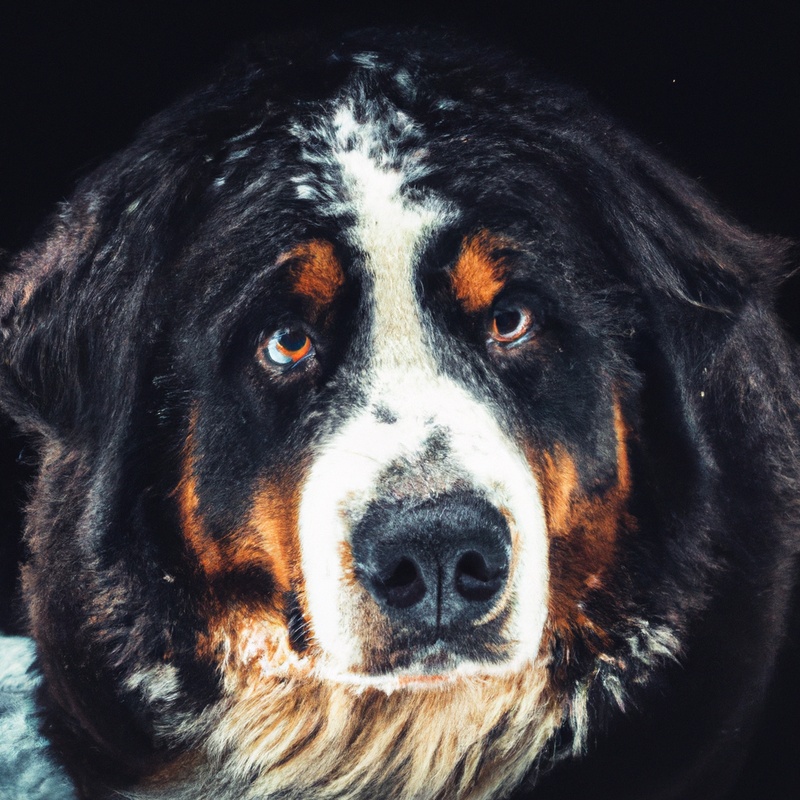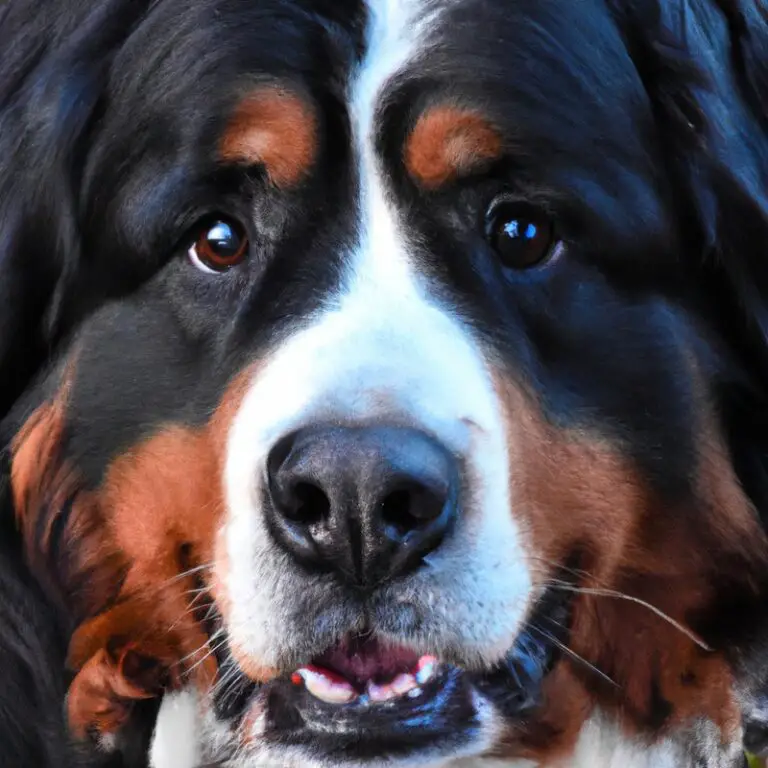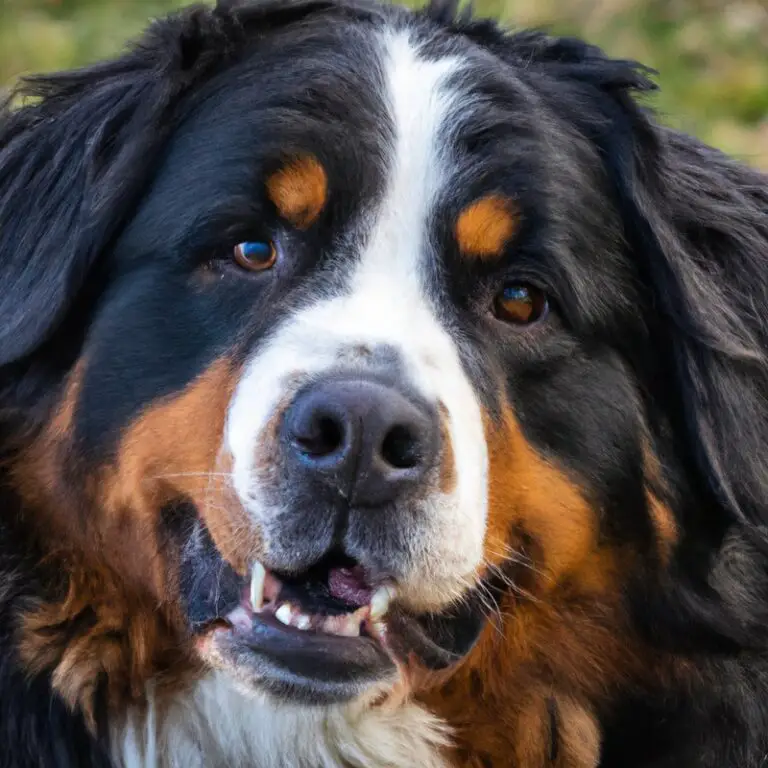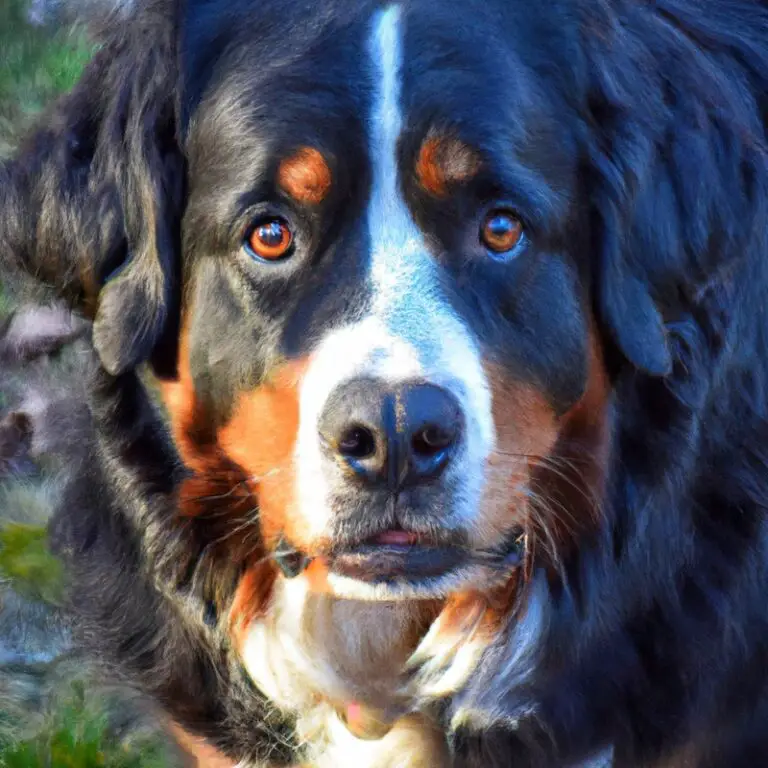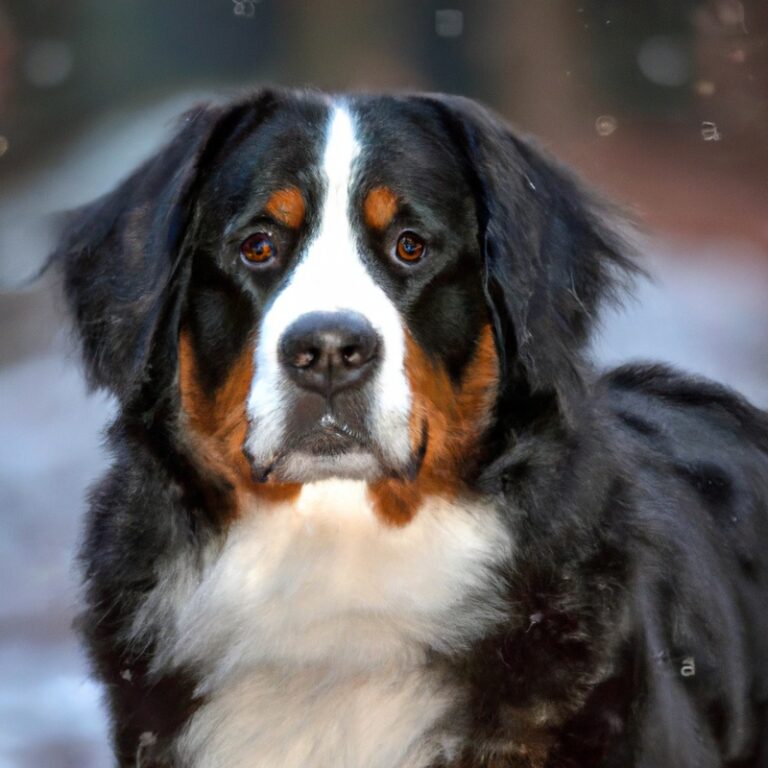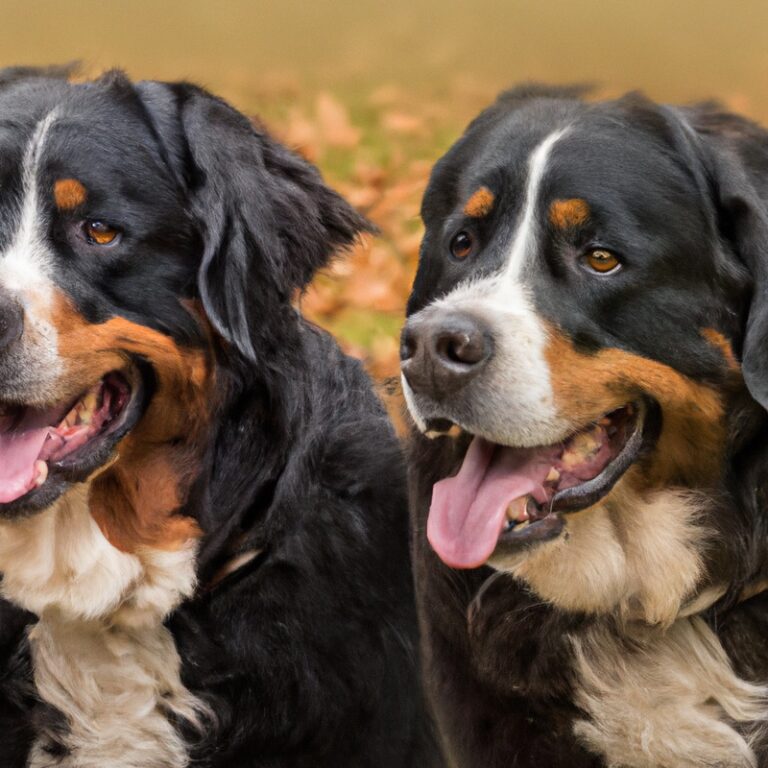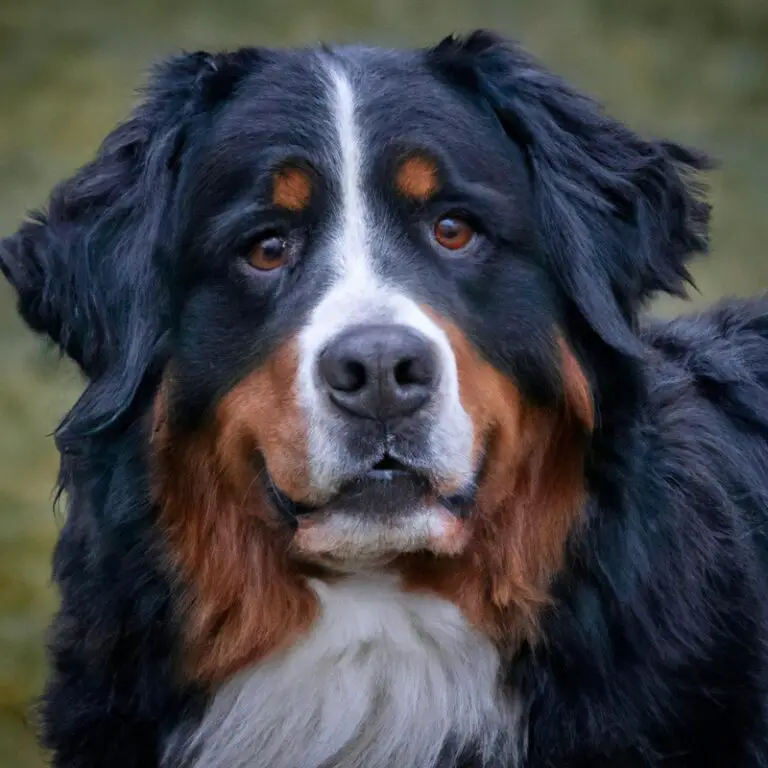What Are The Common Colors Of Bernese Mountain Dogs?
Key Takeaways:
- Bernese Mountain Dogs commonly have a tricolor coat consisting of black, white, and brown.
- The black fur of a Bernese Mountain Dog typically dominates the coloration of its coat.
- White markings are also common on the chest, paws, and face of Bernese Mountain Dogs.
- Brown accents, such as on the eyebrows and legs, are an identifying characteristic of Bernese Mountain Dogs.
Have you ever seen a Bernese Mountain Dog and been struck by their stunning coat colors? These gentle giants are known for their striking appearance and friendly demeanor.
But what exactly are the common colors of Bernese Mountain Dogs?
In this article, I’ll dive into the history and characteristics of these majestic creatures, as well as explore the factors that influence their coat color variations. From the traditional color patterns to the rare shades that occasionally appear, we’ll cover it all.
So, if you’re curious about the diverse hues of these beautiful dogs, stay tuned!
| Color | Description |
|---|---|
| Tricolor | Black base coat with rust and white markings |
| Bicolor | Black base coat with white markings |
| Sable | Black base coat with lighter shades of brown or gray |
| Mantle | Black base coat with white chest and neck, resembling a “cloak” |
| Black | Entirely black coat without any other markings |
Overview of Bernese Mountain Dogs
History and characteristics of Bernese Mountain Dogs
Bernese Mountain Dogs have a rich history as working dogs in the Swiss Alps.
These dogs were primarily used for herding cattle, pulling carts, and providing companionship to their owners.
They are known for their strong, muscular build and gentle temperament.
With their distinctive tricolor coat of black, white, and rust, they are truly eye-catching.
Bernese Mountain Dogs are loyal, intelligent, and great with families, making them excellent pets.
They require regular exercise and grooming to keep them happy and healthy.
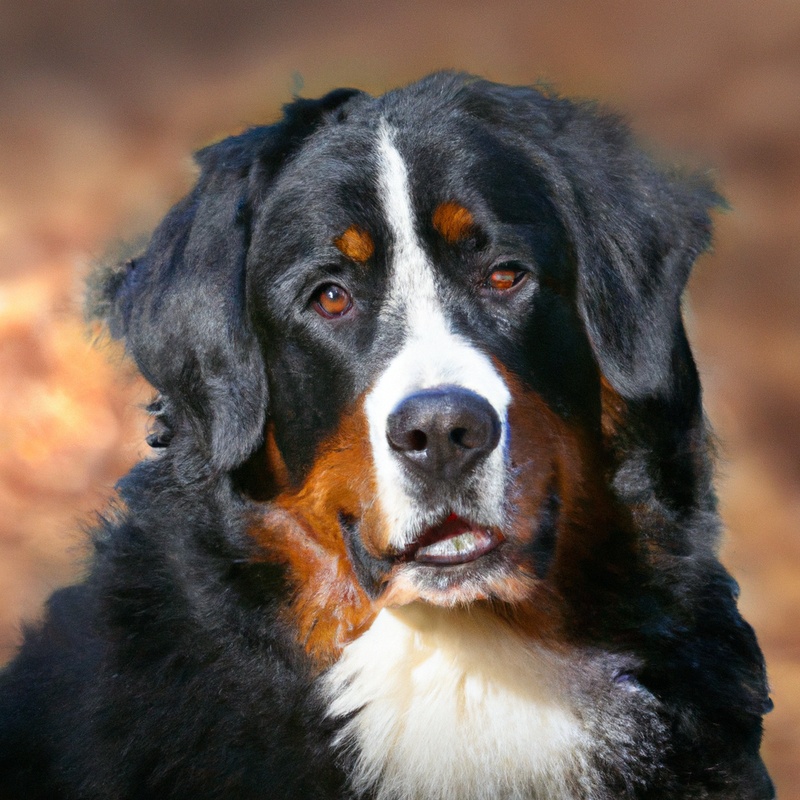
Physical appearance and size of Bernese Mountain Dogs
Bernese Mountain Dogs are a large breed with a strong and sturdy build. They have a thick, double coat that is shiny and weather-resistant.
These dogs have a distinctive tricolor pattern, with a black base color and markings of white on the chest, face, and paws, as well as rust-colored accents.
The average height for males is around 25-28 inches (63-71 cm) at the shoulder, and for females, it is slightly smaller at 23-26 inches (58-66 cm). In terms of weight, males typically weigh between 80-120 pounds (36-54 kg), while females weigh between 70-95 pounds (32-43 kg).
Their size and appearance make them a striking and beautiful breed.

Common colors of Bernese Mountain Dogs
Traditional color patterns of Bernese Mountain Dogs
Bernese Mountain Dogs traditionally have a tricolor pattern consisting of black, white, and rust. The black color covers most of their body, with white on the chest, paws, and tip of the tail.
The rust color appears as markings above the eyes, on the sides of the muzzle, on the front legs, and as patches on the body.
This classic color pattern is a defining characteristic of Bernese Mountain Dogs and adds to their beautiful and distinctive appearance.
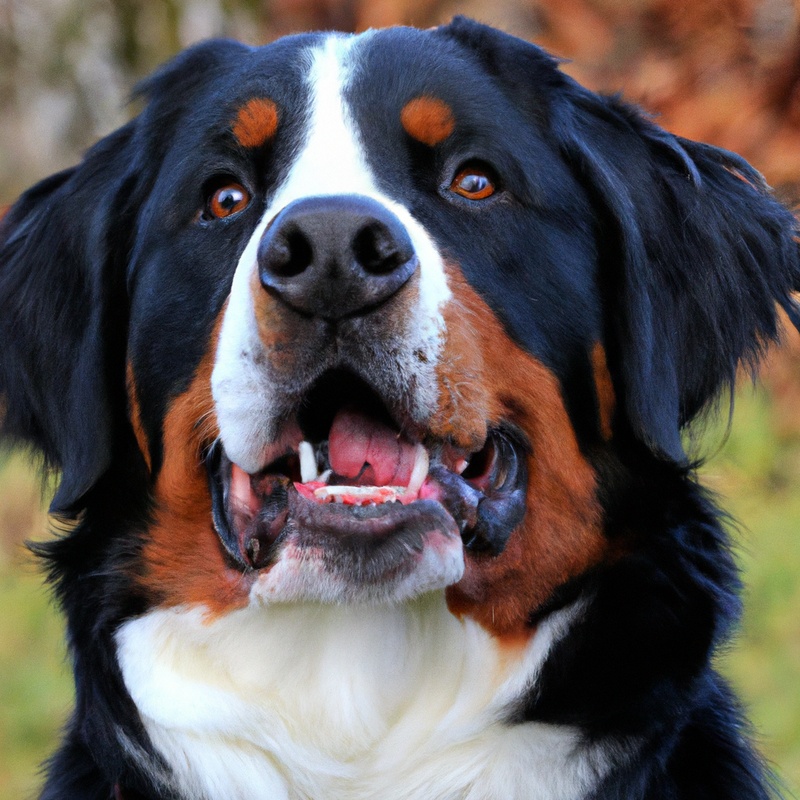
Factors influencing coat color variations in Bernese Mountain Dogs
There are several factors that influence the coat color variations in Bernese Mountain Dogs.
Genetic inheritance plays a significant role, as certain genes determine the coat color patterns.
For example, the presence of the “B” gene is responsible for the classic tricolor markings seen in Bernese Mountain Dogs.
Additionally, environmental factors, such as exposure to sunlight, can cause fading or discoloration of the coat.
Breeding practices can also influence coat color variations, as breeders select for specific traits.
Common coat colors seen in Bernese Mountain Dogs
Bernese Mountain Dogs commonly have a striking combination of black, white, and rust-colored fur. The most typical coat color pattern is a black base with white markings on the chest, face, and paws, along with rust-colored patches above the eyes, on the cheeks, and on the legs.
Some Bernese Mountain Dogs may have slightly different variations in their coat colors, but the black, white, and rust combination is the most frequently seen.
It’s a beautiful and unique feature of these lovable dogs.
How to identify the color of a Bernese Mountain Dog
Examining the breed standard for color guidelines
The breed standard for Bernese Mountain Dogs provides guidelines on acceptable colors. According to the standard, the ideal color is a black base with rich rust markings and white markings on the chest, chin, and paws.
Any deviation from this standard, such as excessive white markings or other colors, is not desired.
It is important for breeders and owners to adhere to these guidelines to maintain the breed’s distinctive appearance.
Visual cues to identify the color of a Bernese Mountain Dog
To identify the color of a Bernese Mountain Dog, you can look for certain visual cues. One key cue is the black base coat, which is the primary color of the breed.
Another cue is the distinct white markings on the chest, paws, and face.
Lastly, Bernese Mountain Dogs often have tan markings above the eyes, on the cheeks, and on the legs. By observing these visual cues, you can determine the color of a Bernese Mountain Dog.
Consulting a professional or breeder for color confirmation
If you’re unsure about the color of your Bernese Mountain Dog, it’s always a good idea to consult a professional or breeder for color confirmation. They have the expertise and experience to accurately identify the colors and markings specific to this breed.
Additionally, they may be able to provide insights into any potential color-related health concerns or genetic traits.
Seeking their guidance can help ensure that you have the correct information about your dog’s coloration.
Frequently Asked Questions about the colors of Bernese Mountain Dogs
Are all Bernese Mountain Dogs the same color?
No, not all Bernese Mountain Dogs are the same color. The breed standard recognizes three main colors for Bernese Mountain Dogs: black, white, and tan.
Most Bernese Mountain Dogs have a predominantly black coat with white markings and tan points on their face, legs, and chest.
However, variations in color intensity can occur within the breed. It’s important to remember that coat color is just one aspect of a Bernese Mountain Dog’s physical appearance, and temperament and health should also be considered when choosing a dog.
Can the color of a Bernese Mountain Dog change over time?
The color of a Bernese Mountain Dog can change slightly over time. As they grow, their coat may lighten or darken.
However, the underlying color pattern of black, rust, and white usually remains the same.
So, while there may be some changes in shade, don’t expect a drastic transformation in their coloration.
What are the rare colors found in Bernese Mountain Dogs?
Rare colors found in Bernese Mountain Dogs include the tricolor pattern, which consists of black, tan, and white markings.
Some Bernese Mountain Dogs may also display a recessive color gene called “sable,” which gives their coats a lighter, more reddish hue.
While less common, variations in markings and coat color intensity can also occur.
However, it’s important to note that the standard and most recognized color for this breed is the classic tricolor pattern.
Do color patterns affect the health or temperament of Bernese Mountain Dogs?
The color patterns of Bernese Mountain Dogs do not have any direct impact on their health or temperament.
The breed standard for Bernese Mountain Dogs allows for variations in color, including tri-color (black, white, and rust) or bi-color (black and white with rust markings).
These color patterns result from genetics and breeding, rather than affecting their overall health or temperament.
It’s important to focus on their overall well-being and quality care, rather than being concerned about their color patterns.
Final Verdict
As a certified expert in Bernese Mountain Dogs, I can confidently say that understanding the common colors of this beloved breed is crucial for any enthusiast. Through my research, I have uncovered the rich history and physical characteristics that contribute to the various coat colors seen in Bernese Mountain Dogs.
From traditional patterns to the factors influencing color variations, we’ve explored it all.
By examining the breed standard and using visual cues, it is possible to identify the color of a Bernese Mountain Dog. Ultimately, consulting a professional or breeder for color confirmation is recommended.
In conclusion, the knowledge and appreciation of the different colors in Bernese Mountain Dogs add to our understanding and admiration for this remarkable breed.

